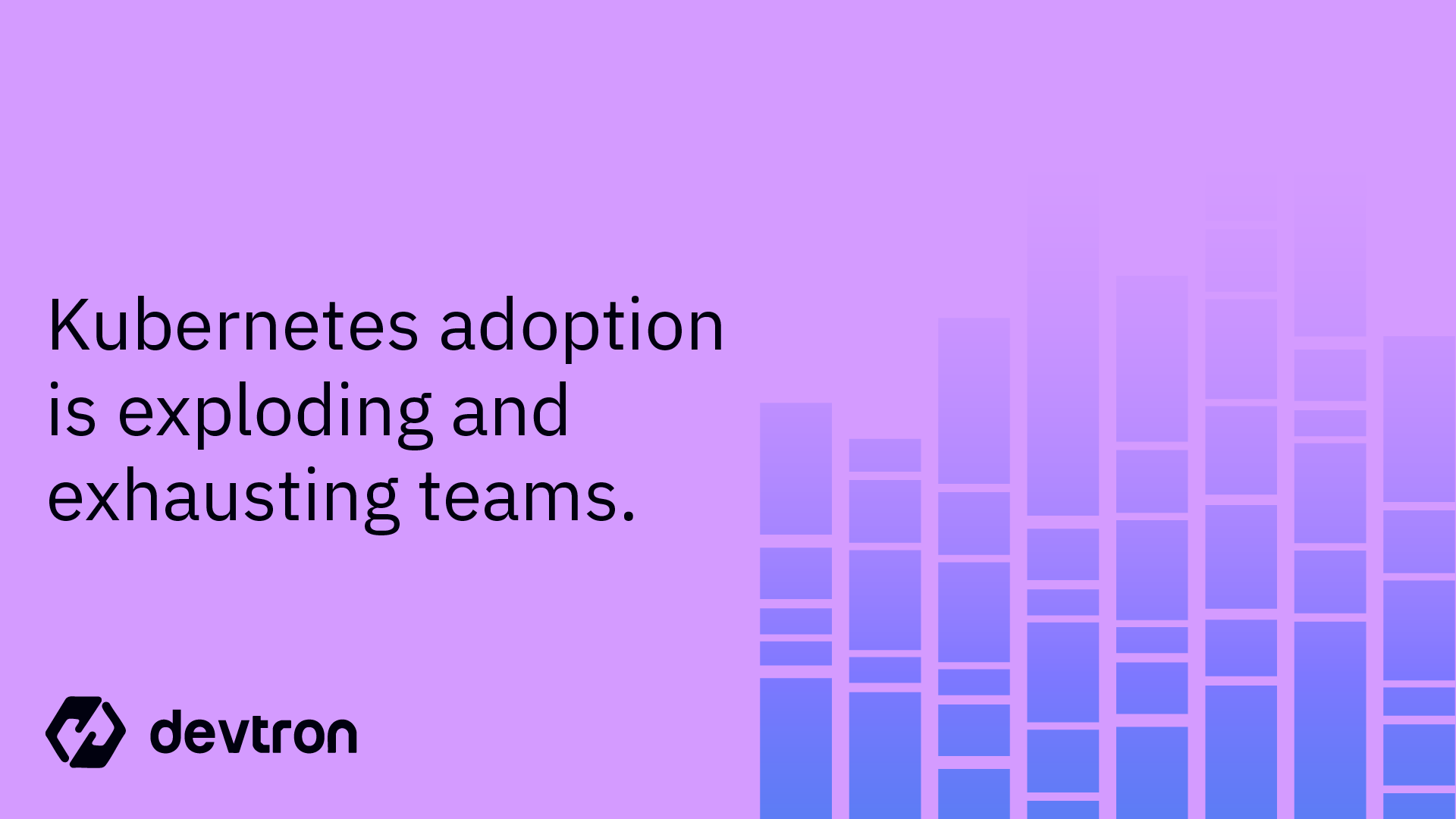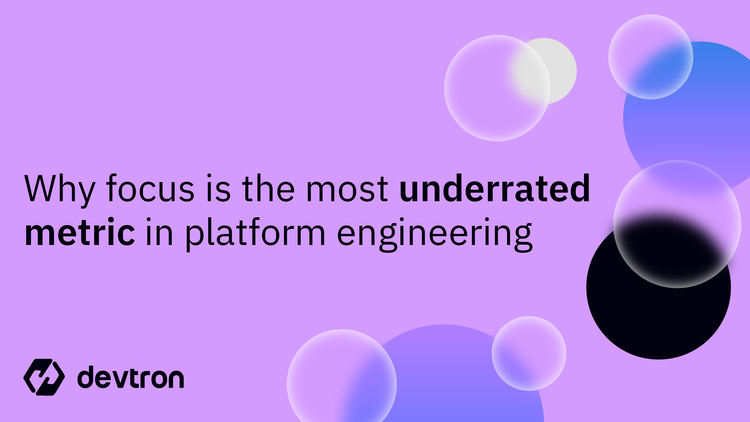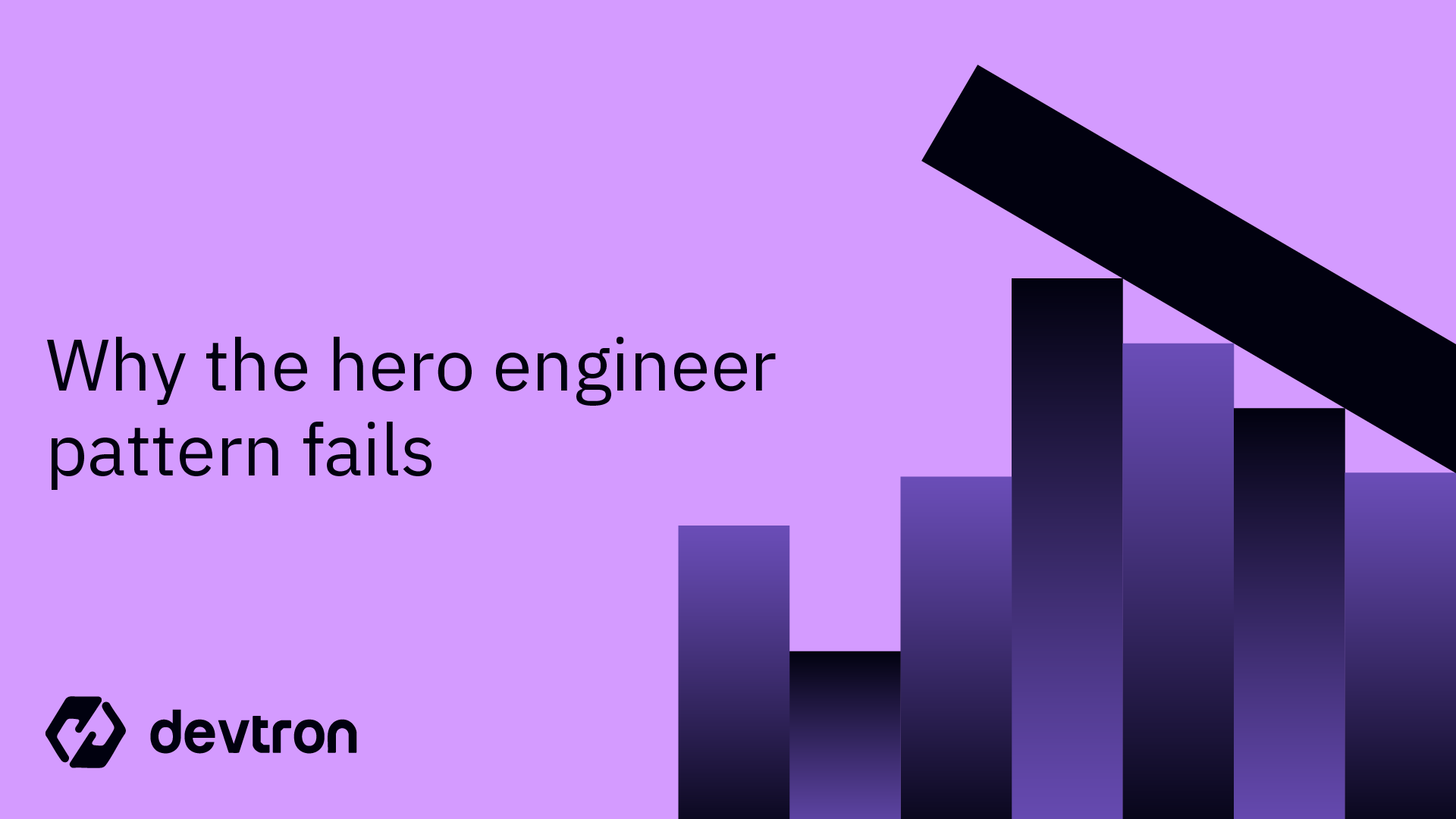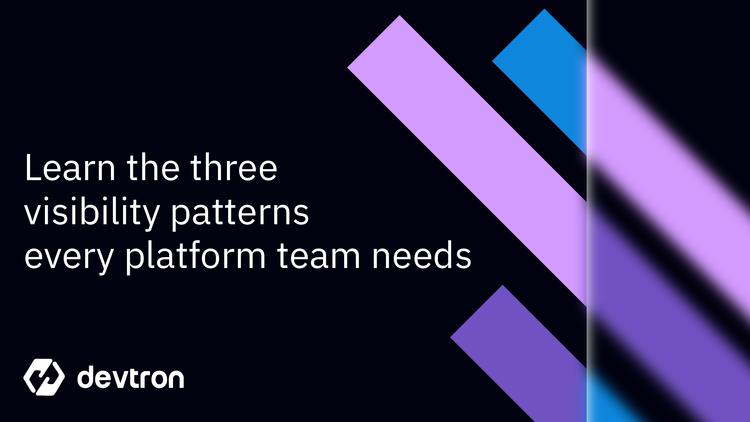We are nearly a decade into the Kubernetes era. The technology has transcended its initial phase of experimental adoption, evolving into a foundational infrastructure that underpins modern cloud-native operations. In engineering leadership discussions, the focus has fundamentally shifted from evaluating whether to adopt Kubernetes to assessing the maturity and depth of existing implementations.
According to the Cloud Native Computing Foundation's 2024 Annual Survey, 93% of organizations are using Kubernetes in production, piloting it, or actively evaluating it. The container orchestration platform has effectively become the de facto “operating system” of distributed cloud infrastructure.
Yet this widespread adoption has surfaced a more intricate challenge, one that threatens to undermine the architectural benefits that initially drove Kubernetes adoption. I describe this as the scaling paradox: as enterprises expand their Kubernetes footprint across organizational boundaries, they encounter exponential operational overhead as escalating costs, architectural complexity, environment drift, expanding attack surfaces, and organizational friction.
The critical question facing technology leadership is no longer whether to adopt Kubernetes, but how to architect systems that enable sustainable, intelligent scaling across the enterprise.
The Scaling Paradox: Where Success Creates Problems
Complexity is inevitable. The more deeply you embed Kubernetes into your operations, the more you confront its hidden cost: non-linear increases in cognitive and operational overhead. Monitoring, security management, and cost governance don't scale linearly with your infrastructure. They scale chaotically.
You can't scale without automation. No ops team, regardless of skill or size, can maintain velocity in Kubernetes environments. The complexity and pace create an unmanageable amount of toil. Documenting patterns without automating them doesn't reduce the burden; it makes things worse, turning inefficiency into burnout and burnout into attrition.
Guardrails prevent most incidents. Most production incidents in Kubernetes aren't rare edge cases, they're preventable misconfigurations. Across the industry, misconfigurations remain the leading cause of outages and performance degradation. Without defenses, distributed systems are fragile. With policy-driven governance and automated enforcement, you can contain that fragility and build resilience.
Real scaling is about surviving Day 2. Scaling isn't about more nodes or bigger clusters, it's about surviving Day 2 operations. Patching, upgrades, resilience, and compliance expose the real limits of human capacity. Scaling without built-in intelligence pushes teams toward their breaking point.
A New Operating Model: Smarter Systems for Kubernetes
The path forward demands a fundamental rethinking of how we approach Kubernetes scaling. The organizations achieving sustainable success don't simply adopt Kubernetes as infrastructure—they architect intelligent systems on top of it. These systems encode operational knowledge, enforce organizational patterns, and augment human decision-making.
The teams I've observed successfully managing Kubernetes at enterprise scale have either built internal smarter systems or adopted platforms that enable holistic Kubernetes management. These systems are invariably architected around three foundational pillars: Guardrails, Automation, and Intelligence.
1. Making Governance Useful
Forward-thinking enterprise leaders are recognizing that governance isn't an enemy to innovation—it's the architectural foundation.
Effective guardrails serve several critical functions:
- Establishing security baselines: Enforcing consistent security and compliance requirements across different environments
- Codifying organizational knowledge: Embedding best practices into infrastructure, reducing decision fatigue and cognitive overhead
- Creating operational consistency: Simplifying troubleshooting, accelerating knowledge transfer, and enabling cross-team collaboration
What's notable is that governance tooling is being embraced not just by security and compliance teams, but increasingly by engineering teams themselves. When implemented thoughtfully, guardrails actually speed up development by eliminating repetitive decisions, reducing cognitive load, and creating well-paved, secure paths to production.
2. Where Automation Pays Off
The second pillar of sustainable Kubernetes scaling is comprehensive automation—not merely of deployment pipelines, but of the complete application lifecycle from provisioning through decommissioning.
The fundamental reality is that manual operations don't scale beyond tactical implementations. Every manual intervention point, whether infrastructure provisioning, application deployment, incident response, or configuration management, becomes a velocity bottleneck and reliability risk as Kubernetes footprints expand across organizational boundaries.
The most operationally mature organizations extend automation by:
- Standardizing deployment pipelines across teams and applications
- Automating policy enforcement and continuous security scanning throughout the software lifecycle
- Implementing self-service capabilities that empower development teams while maintaining governance
- Creating closed-loop systems for common operational patterns and incident responses
This automation pays off more over time. Teams freed from repetitive work can focus on innovation and strategic initiatives, while standardized automation reduces the mental overhead of managing multiple clusters across different environments.
3. Using AI Where Humans Can't Keep Up
Even with solid governance and comprehensive automation, you eventually hit scaling constraints dictated by human cognitive limits and exponential growth in data.
AI-augmented operations teams can:
- Analyze telemetry volumes orders of magnitude beyond human operational capacity
- Identify optimization opportunities across hundreds of workloads and thousands of configuration parameters
- Predict capacity requirements before they manifest as performance bottlenecks or availability incidents
- Detect anomalous patterns that would remain invisible within the noise of normal operations
- Recommend remediation strategies derived from historical pattern analysis and cross-organizational learning
The most sophisticated enterprises are transcending reactive monitoring paradigms, moving toward predictive operations models where potential issues are identified, contextualized, and addressed proactively, before they impact end-user experience or business outcomes.
Smarter systems, built on guardrails, automation, and intelligence, are the only sustainable path forward. They don't replace your team's expertise. They amplify it. They let your engineers focus on solving real problems instead of fighting fires caused by preventable mistakes. And they turn the operational knowledge your team builds into something that persists and scales, rather than living in people's heads or scattered across wiki pages.
That's why smarter systems aren't optional for Kubernetes at scale. They're the difference between thriving and just surviving.
What We're Building at Devtron
At Devtron, we're building a platform that incorporates the three pillars of smarter Kubernetes management: guardrails, automation, and intelligence. All is integrated into a unified platform that understands your entire Kubernetes environment.
Our approach recognizes that sustainable scaling requires more than disconnected tools. It demands a platform that continuously correlates application events, infrastructure performance, and cost changes in real time. When configuration drift occurs across clusters, it gets detected and corrected automatically. When performance degrades, you get immediate, contextual answers that span both application code and infrastructure, because in Kubernetes, incidents rarely have single-dimensional causes.
Guardrails that enable velocity. Pre-built application templates standardize organizational best practices without requiring every team to become Kubernetes experts. Security and compliance policies are embedded directly into CI/CD pipelines, catching issues before they reach production. Developers work within golden paths that are secure by default, eliminating the friction between speed and safety.
Automation that scales with you. Robust deployment pipelines automate the complete application lifecycle, from provisioning through decommissioning. Policy enforcement happens continuously, not as an afterthought. Self-service capabilities empower development teams while maintaining centralized governance and visibility.
Intelligence that augments your team. Rather than drowning in telemetry data, the platform surfaces actionable insights. Capacity requirements are predicted before they become bottlenecks. Anomalous patterns are detected and contextualized with the operational knowledge your team has built over time.
The result is a platform that doesn't just make Kubernetes manageable; it makes it a genuine competitive advantage. Your developers maintain velocity while shipping reliably. Your platform teams solve strategic problems instead of fighting preventable fires. And the operational knowledge your organization builds becomes codified and scalable, rather than trapped in individual team members' heads.
This is the foundation enterprises need to thrive in the Kubernetes era: platforms that are intelligent enough to handle Day 2 complexity while remaining flexible enough to support innovation. Because at scale, the choice isn't between control and velocity, it's about building smarter systems that enable both.






